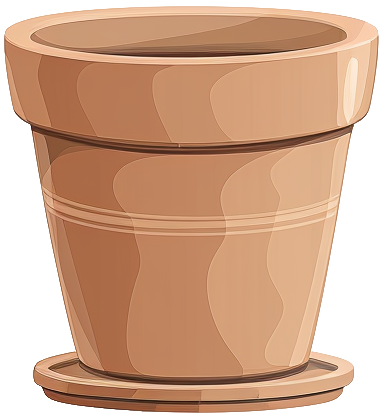- calathea
- roseopicta
- 'dottie'

calathea roseopicta'dottie'
Care level
Difficult
Popularity
Niche
With its striking dark black-green leaves adorned with vibrant pink markings, this beauty stands out from its relatives. What makes it particularly special is how the gorgeous pink patterns stay bright and vivid as the plant matures, unlike other varieties where the markings tend to fade to silver-green over time.
Care & maintenance
Light
All areas of your interior that are roughly equidistant between shade and sun. These areas benefit from slight brightness throughout the day.
Temperature
Warm (60.8°F - 80.6°F)
Fertilization frequency
Moderate
Monthly during the growing period.
Soil
Choose a Tropical plant mix: A rich, moisture-retentive blend with good aeration. Mimics the natural forest floor environment of tropical regions.
If you want to create your own substrate, you can make a mixture of the following soils:








Click on the soil name for more information.
Pot

Standard size
Prefer a pot with a classic width/depth ratio.
Incorrect or incomplete information?
In our goal of building the best plant database, we sometimes make mistakes or have incomplete information. You can help us fill these gaps!
Features
Size & growth
Medium
Upright
Slow growth
This plant grows slowly. It can reach 1 to 3 feet in height or spread.
It grows upwards without support.
Toxicity
| Cat | |||
|---|---|---|---|
| Dog | |||
| Human |
Reproduction & propagation
Fruits & flowers
Flowering & not self-pollinating
The calathea dottie can produce flowers and therefore fruits.
This plant is not capable of self-pollination, it will not be able to produce fruits if it is not pollinated by another individual.
